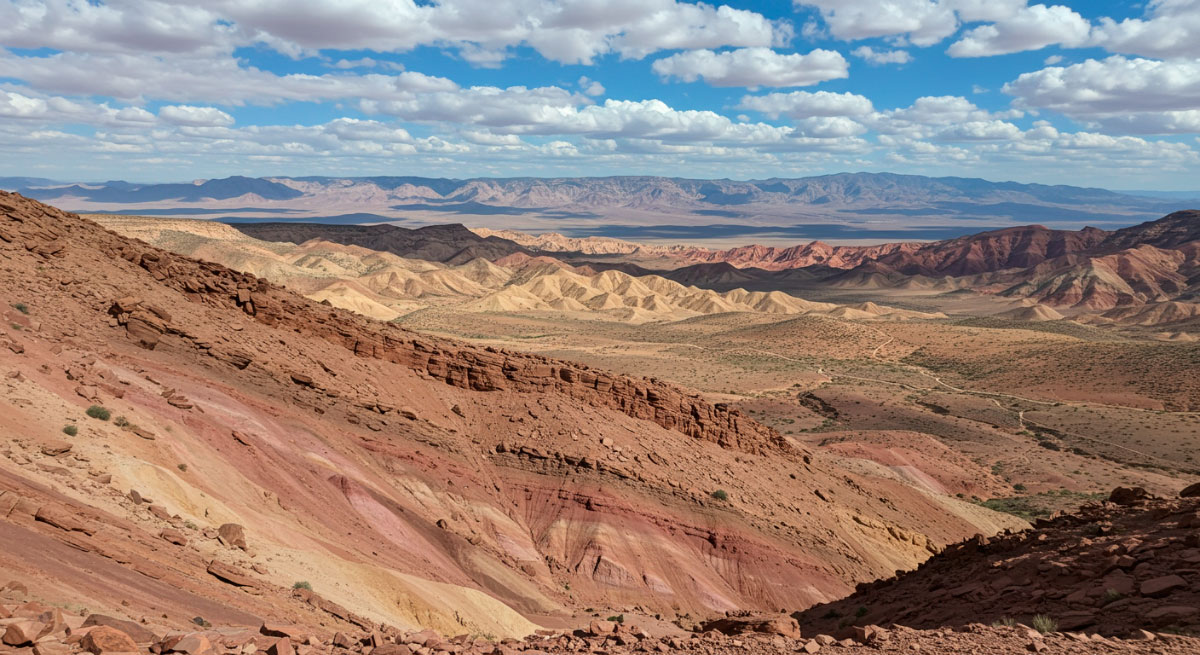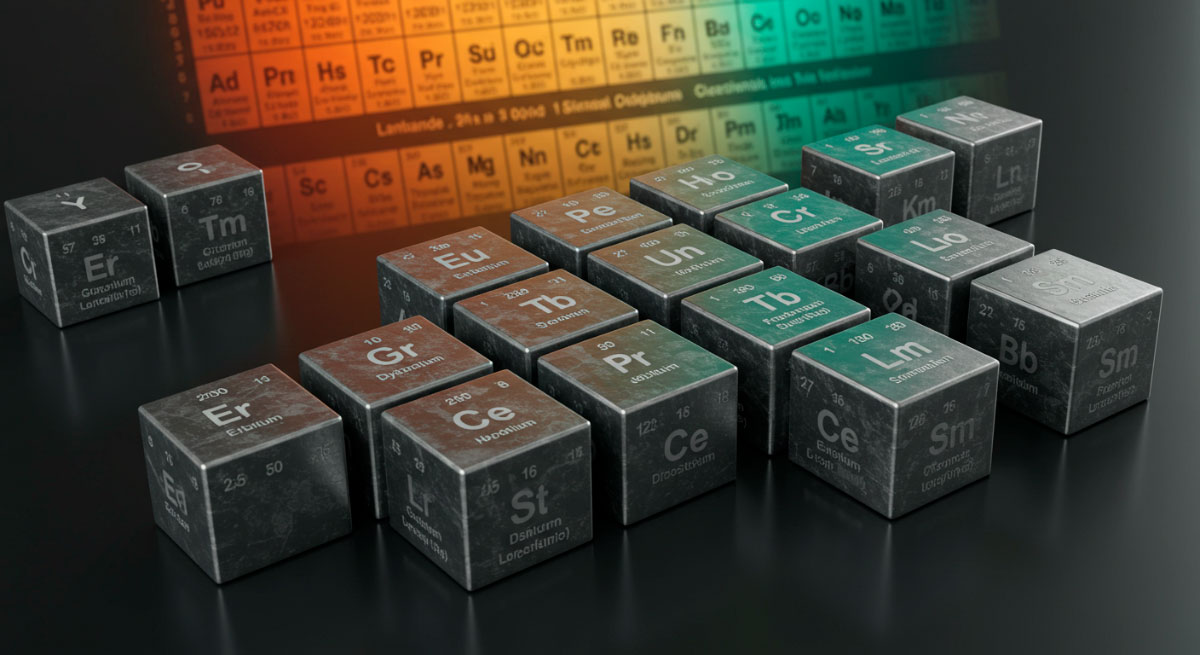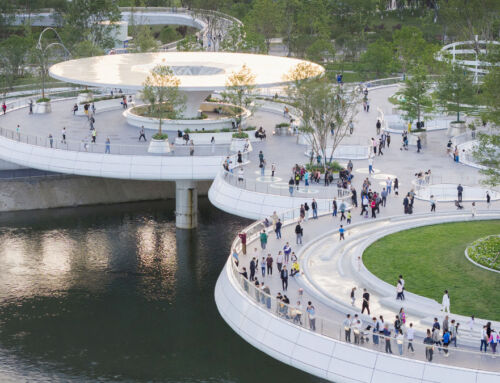Behind every skyscraper and every bridge lies a kind of almost unknown chemical magic. It is that of rare earths, minerals with science fiction names – neodymium, dysprosium, yttrium – whose application, in addition to the manufacture of technology, is also found in contemporary architecture.
Rare earths, a misnomer
Calling these minerals “rare earths” is like saying that air is scarce: in reality they exist in abundance – in other words, they are not so rare – although isolating and concentrating them requires the patience of a watchmaker. So named in the 19th century for their unconventional mineral forms, today we know that the real challenge is not finding them, but freeing them from the rocks that imprison them.

Sources and production of rare earths in the world
Indeed, the world’s reserves of rare earths amount to approximately 130 million metric tonnes (MT), of which one third are in China (44 million MT), followed by Vietnam and Brazil, both with more than 21 million MT, as the largest reserves. In fact, China is the world’s largest producer of these strategic minerals (240,000 MT, 2023), followed closely behind by the United States (43,000 MT).
Properties of rare earths in architecture
Imagine a glass that decides for itself how much heat it lets through. This is precisely what neodymium (Nd) and praseodymium (Pr) achieve when integrated into smart building glass. Both elements selectively absorb certain wavelengths, such as ultraviolet and infrared radiation, which improves the quality of indoor light and helps to reduce heat transmission. As a result, they improve the energy efficiency of buildings. In the Iberdrola Tower, for example, in Bilbao, Spain, these elements reduce energy costs by almost half.
Europium (Eu), however, has, among other properties, the ability to convert an electric current into warm, efficient light. It is used, for example, to illuminate streets and hospitals with only a fraction of the energy required by the old light bulbs.
In structural construction, scandium (Sc), combined with aluminium, gives life to alloys that defy the laws of gravity: lighter than air, or almost, but with a strength that makes them indispensable in projects such as the Burj Khalifa in Dubai, United Arab Emirates.
Finally, yttrium (Y) strengthens ceramics and glass so that with it, these materials can withstand decades of acid rain and scorching sun without losing their integrity.
Drawbacks of rare earths
But like everything in life, rare earth mining has its dark side: it is a dirty operation, literally, a process that scars the landscape and the balance of the local ecosystem. The Bayan Obo mines in Inner Mongolia, China, or the Mountain Pass mines in California, USA, are examples: man-made lakes full of toxic chemicals, lunar landscapes… And then there are the strategic minerals, which are very present in geopolitical conflicts – actual or potential.
However, despite the ever-increasing demand for rare earths, in Europe, projects such as Urban Mine shed a glimmer of hope on the issue. Indeed, it is a project to recover these minerals from discarded electronic devices. At the same time, laboratories around the world are experimenting with alternatives such as graphene.
By Raúl Soriano, Senior Modeller in the Architecture Department of Amusement Logic






